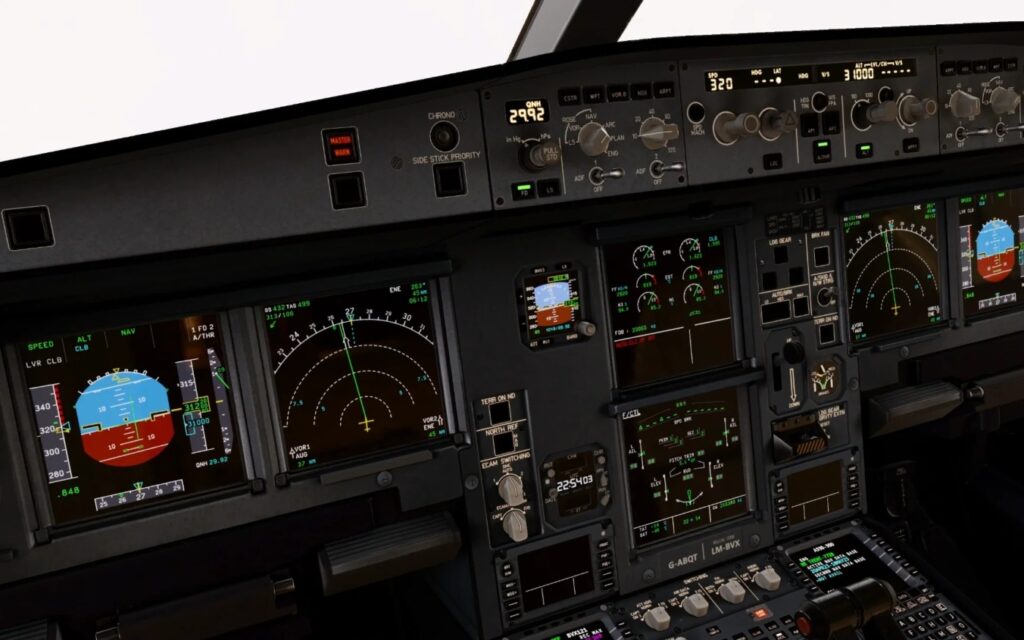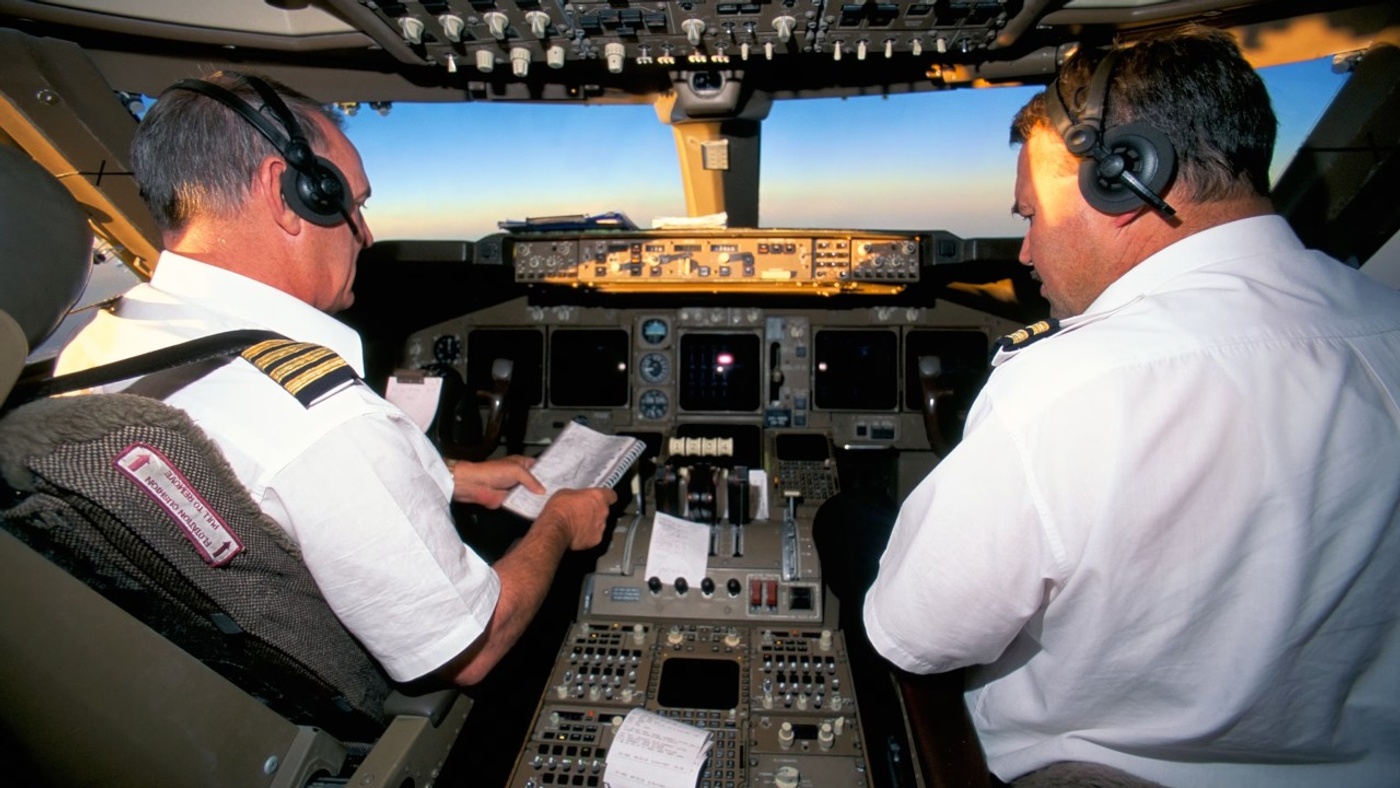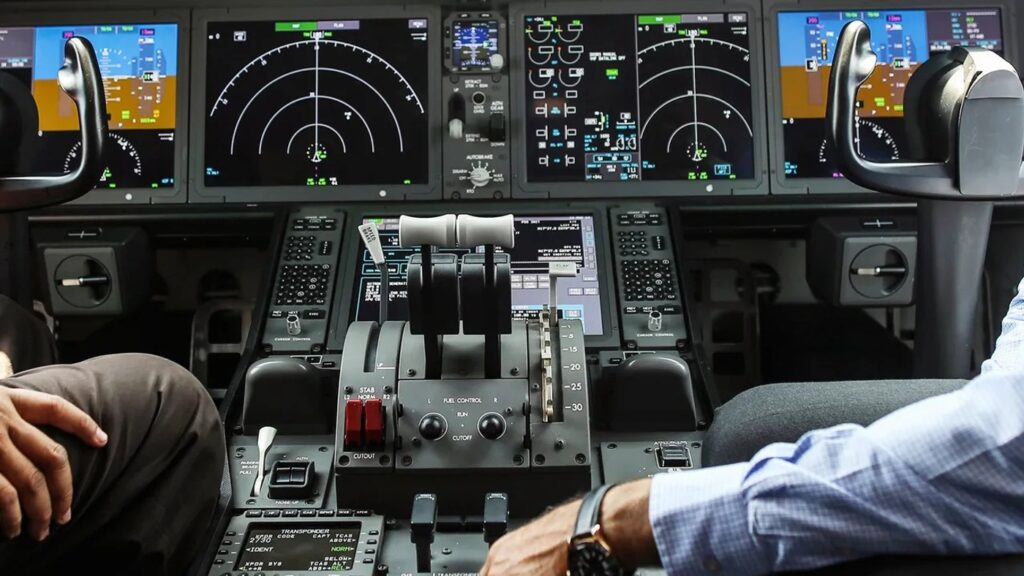Autopilot systems, which enhance flight safety, have become an indispensable feature in modern aircraft. Autopilot is a sophisticated technology that allows the aircraft to travel automatically along a predetermined route and altitude. How can this system deliver perfect navigation performance?
Basic Components of Autopilot Systems

The heart of autopilot systems is equipped with various sensors and navigation tools. GPS is used to determine the position of the aircraft, while other sensors like accelerometers step in when GPS signals weaken or are lost. These sensors calculate the aircraft’s direction and speed, updating the position information. Additionally, devices such as pitot tubes and static ports provide important flight data like airspeed, climb rate, and altitude.
The Role of Autopilot During Flight
The autopilot computer continually processes this information, adjusting the aircraft’s course and making necessary corrections. During flight, actuators, under the computer’s instructions, move the aircraft’s controls such as rudder and flaps. Takeoffs and landings are generally under pilot control, but autopilot takes over during much of the flight. Autopilot monitors the situation even in adverse weather conditions, ensuring the flight continues smoothly.
Reliability of Autopilot Systems and Pilot Intervention

Although autopilot systems are highly reliable, technological failures can occur. In such cases, pilots can intervene immediately, which further enhances flight safety.
In conclusion, autopilot systems make flights safer and more efficient, becoming an essential part of modern aviation.
Source: Travel Radar, Simple Flying


